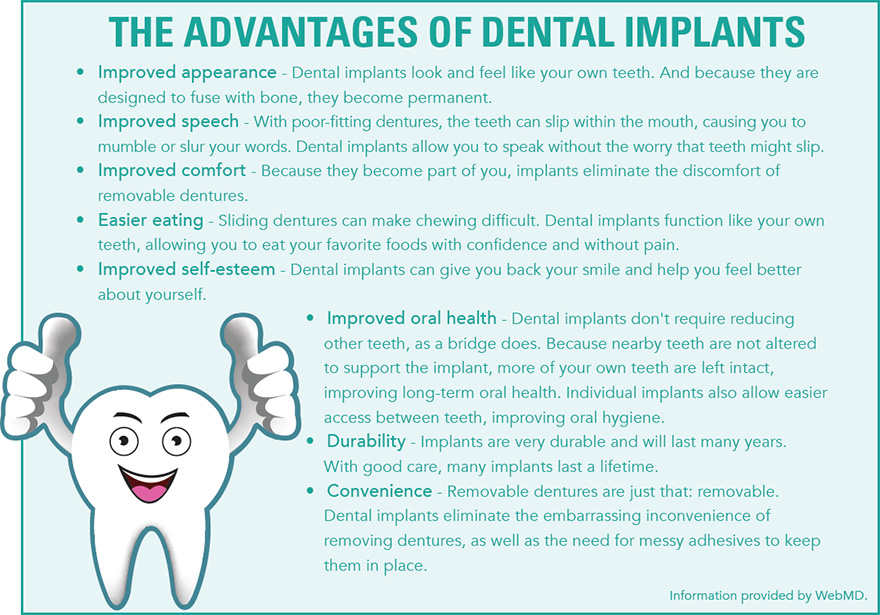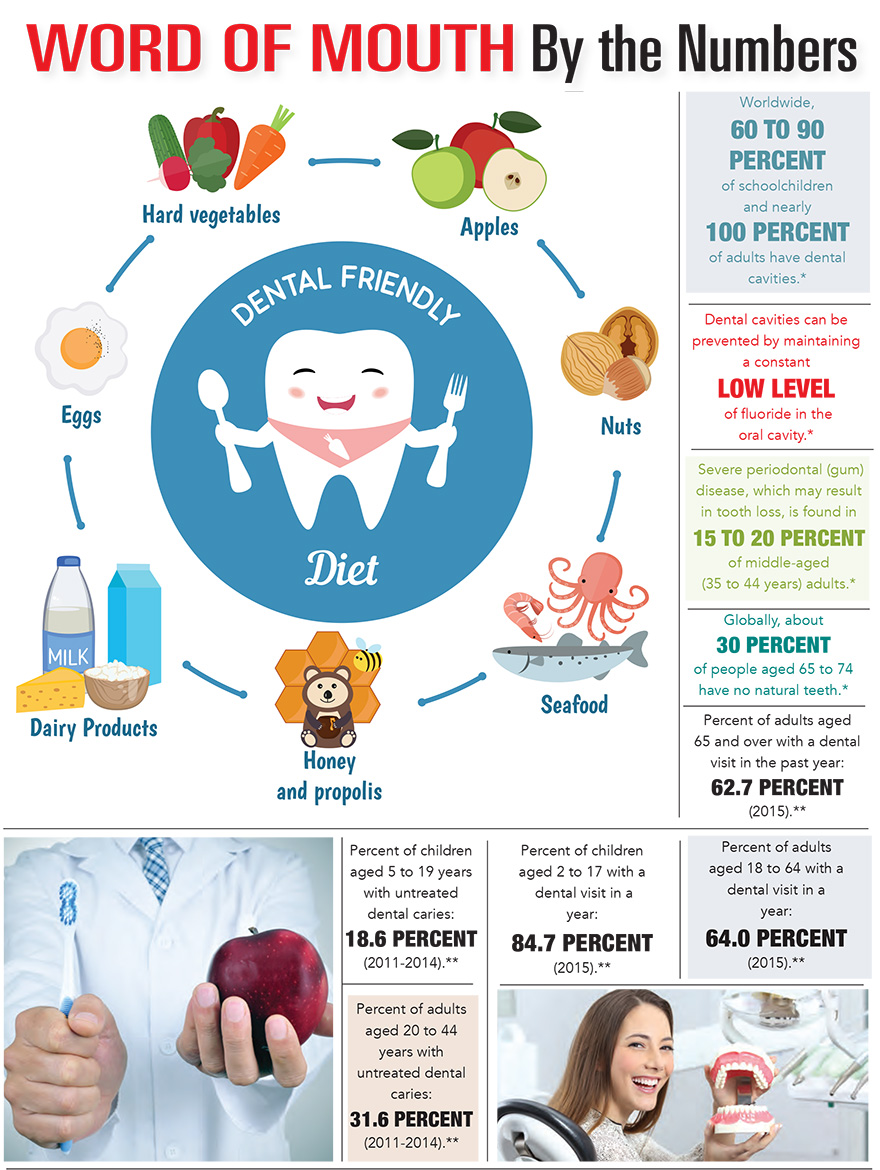As sturdy and durable as they are, teeth don’t always last forever. At some point in your life, a missing incisor, canine or molar might leave you, creating a gap in your mouth and forcing you to decide what to do about this foreboding situation.
You have three options, according to Dr. Shannon Hudson of Pelham Links Family & Cosmetic Dentistry in Greenville, four if you count doing nothing at all. They include full or partial removable dentures; a bridge, if you have a healthy tooth on either side of the gap; or an implant, the option that makes the most sense, Dr. Hudson pointed out.
“In the majority of cases, implants have a very long life span,” he said. “With implants, you don’t have to worry about cavities. You still need cleanings to maintain the health of the bone tissue, and you still have to brush and floss to keep your gums healthy, but, if you do that, an implant could likely last for the rest of your life.”
That might not have been the case in 2003, when Dr. Hudson performed his first implant. In the past 15 years, the technology has advanced, decreasing treatment and recovery times and increasing safety, due in part to the emergence of 3D imaging.
“We get a view of the jawbone, which means we don’t have to guess. We can see things like nerves in your jaw. It makes the procedure much more predictable, safer and shorter compared to 15 years ago,” Dr. Hudson said.
And, perhaps most important, placing an implant is not as painful as it might seem.
Dr. Hudson explained that the first step in the process is to extract the natural tooth and let the bone heal. He added, though, that sometimes, depending on how much bone remains and whether there’s a natural hole in the gum tissue where the tooth used to be, the titanium post can be placed in the bone the same day the tooth is pulled – into a hole made by a tiny, water-cooled drill.
“It doesn’t hurt at all,” Dr. Hudson commented. “The only thing you feel after the anesthesia wears off is mild discomfort from the incision, and sometimes we don’t have to make an incision.”
“There are many different techniques, depending on the situation,” he added.
Dr. Hudson said a routine implant can be placed in as little as 30 to 45 minutes, followed by another 20-minute session to glue the permanent crown in place. He said it usually takes a few months for the post to fuse to the bone, but a temporary crown sometimes can be placed on it the same day. Once the permanent crown is glued to the post, it functions and looks like a natural tooth.
“What you lost, you got back,” Dr. Hudson said.
He added that dentists can now replace several teeth at one time. For instance, if you are missing all your bottom teeth, they can install four posts in strategic positions in your lower jaw that can hold 10 to 12 crowns.
Would your other options work as well as an implant? Probably not, Dr. Hudson pointed out. He said you could spend less money by having your dentist install a partial or complete denture, which might be uncomfortable because it could move around in your mouth. A bridge, a false tooth connected to a crown that is glued onto a good tooth that has been ground down, could work as well – for a while, at least. Dr. Hudson said many bridges don’t last for multiple reasons, noting that studies have shown that approximately 50 percent of bridges fail within 10 years.
The fourth option, doing nothing, probably shouldn’t be an option at all. Dr. Hudson said without all your teeth, you can’t chew efficiently. In addition, teeth on either side of the gap in your mouth can drift into the empty space, affecting your bite and causing the bone in that area to atrophy. Your appearance can suffer as well, and not just because other people can see the hole in your mouth.
“Bone shrinkage will make you look older. Everything starts to shrink down and give you more of an aged, older appearance,” he said.
Why do some people last longer than their teeth? There are several reasons, according to Dr. Hudson, including cavities, periodontal disease and trauma that is the result of automobile accidents or from participating in contact sports such as football, hockey or basketball. Root canals can be the culprit as well because, following this procedure, a tooth can sometimes become brittle and eventually crack. And, occasionally, a person is born without all his or her permanent teeth.
Regardless of why you are missing a tooth, in most cases, an implant is the best way to replace it.
“Typically it’s a very minor surgical procedure, and it’s much less painful than extracting a tooth,” Dr. Hudson concluded.
By Brian Sherman


